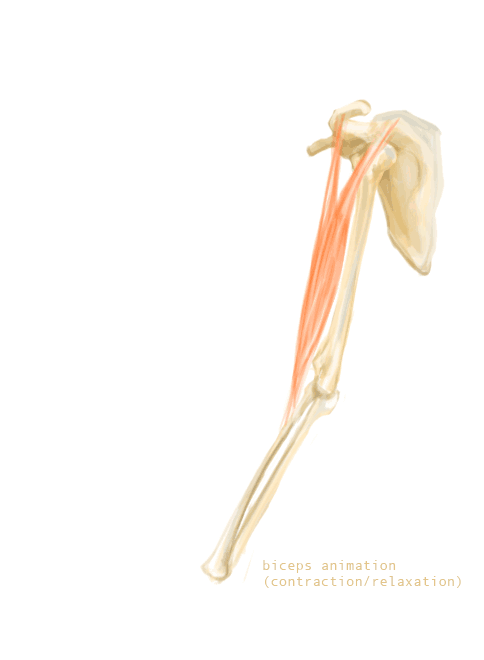Read first! How muscles work..
…they contract. The end.
Actually, the coordination and contraction of muscles to create athletic movement is an incredibly complex topic that I spent 4 years studying to get my degree in kinesiology aka exercise science.
For young athletes looking to build and strengthen their muscles, without injuring themselves, there are 2 things about muscles that are important to understand to get the most out of your workouts. Those are..
Form
And
Function
Form is primarily the shape of the muscle and the orientation of the muscle fibers. Muscles do only contract, or shorten, in the direction of their fibers. Muscles can’t push; they can only pull.
The easiest to understand example of this is the famous biceps shortening to flex the elbow and the triceps contracting to extend it, but things aren’t that simple when you look at the actual form or shape of the biceps and triceps that also cross the shoulder joint and contribute to shoulder flexion and adduction, which I will explain in later posts.
Understanding the form, including where the muscle attached, will reveal the muscles function or how it causes movement of your joints. When a muscle contracts, it pulls its 2 attachments closer, like the biceps pulling the forearm towards the upper arm. The distal biceps is connected to a bone in the forearm called the radius. The 2 proximal attachments (hence the name biceps) connect at the shoulder. When the biceps shortens the elbow joint flexes.
To train muscles effectively, you need to understand how they contract.
If all that sounds boring, then no worries, continue to follow the advice of meat-heads and bro-fessors who will tell you crap like “3 sets of 10” and “high reps won’t build muscle.” Sorry bro. Real athletes don’t train like that, and you don’t have to either.
Don’t waste your time inefficiently training. You might be able to gain some “mirror muscles”, but you won’t reach your true athletic potential or be able to translate those gains to the court or the field.



